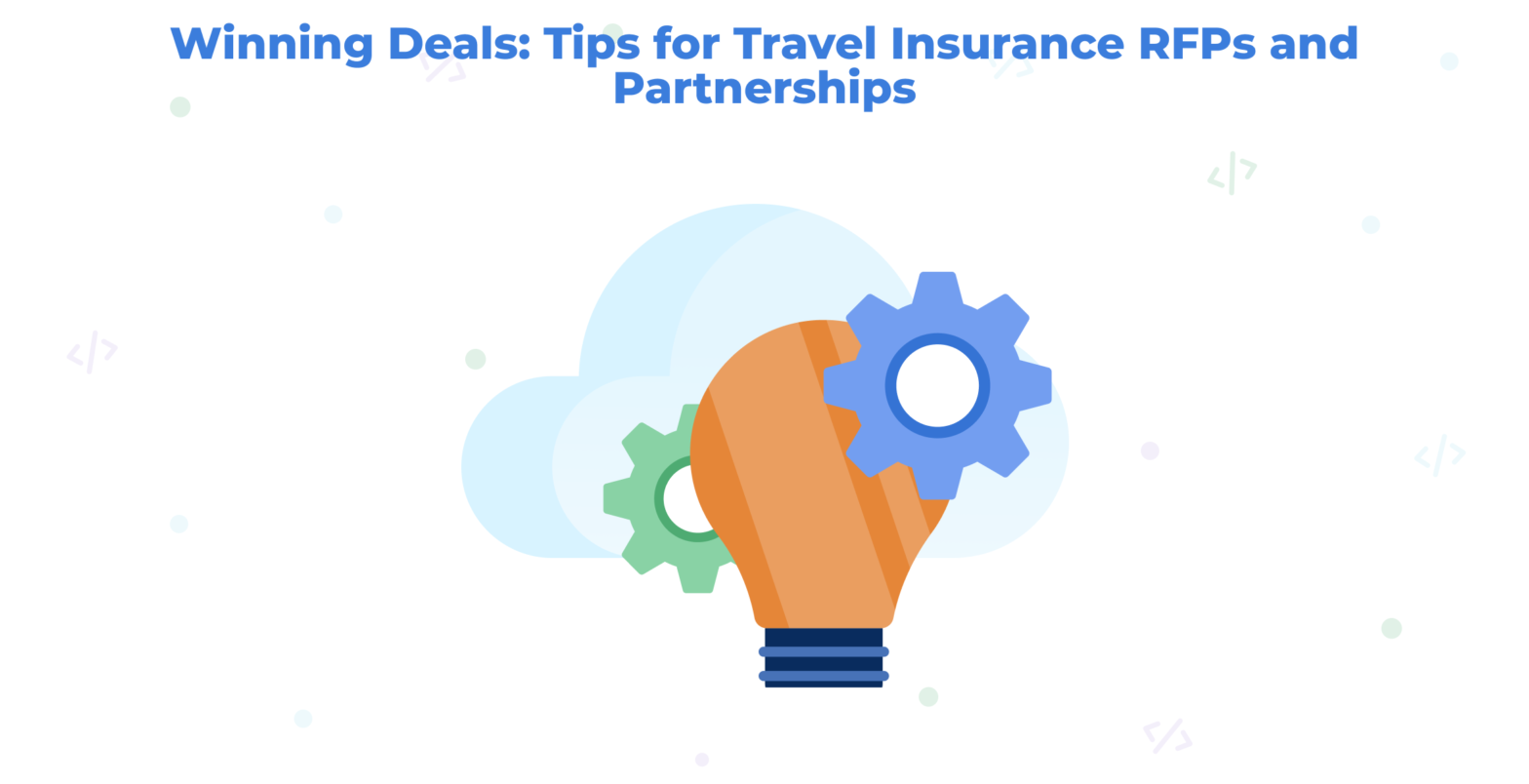
As insurers and travel players move from a product to ecosystem play, fostering partnerships becomes a science of strategy. Insurers should show early on that they are the best provider possible with the right capabilities to serve diverse (as well as local) customers’ needs.
Airlines tend to invite the top four or five travel insurers they recognise as the best potential candidates for their business.
These data and insights are excerpts from the Ancileo’s 2022 World Travel Insurance Benchmark for Airlines, a global study on 150+ airlines’ travel insurance programs and shifts in global travel insurers’ dominance in the market.
This report, which explores travel insurance partnerships in the airlines ecosystem, features expert insights including 80+ in-path screenshots.
Contact us to get free, full access to the complete research deck.
Industry veteran and Ancileo consultant Erick Morazin notes, however, that these insurers may have the capabilities but may not always understand the local needs of the airline’s origin country or in countries the airline is operating in. “It is important to remember a typical ‘retail’ airline insurance scheme needs a local insurer in all countries of residence of the passengers,” he said.
Volaris makes it a point to evaluate its partnership in several categories, such as price, solution times, technology, marketing efforts, and product conversion. “We then compare it with new partners’ offers to make a decision,” shared Veronica Nieto, Ancillary Product & Pricing Senior Manager at Volaris.
The Mexican airline looks at low-cost premium rates, technological tools for customer claims, and travel-related benefits for customers when seeking a travel insurance partner.
Airlines can consider the following types of tendering process:
Soraya Essalhi, Chief Operating Officer at Ancileo and formerly with Allianz Partners as a global transformation head, says that most airlines open limited tenders to avoid losing time with small competitors that cannot execute the request.
To increase their chances of participating in limited tendering, many insurers use requests for information (RFIs) and altogether avoid requests for proposals (RFPs), Essalhi added.
In their RFP, on the other hand, airlines should pore over the following items:
Airlines should prepare an FAQ document, which consolidates answers relating to the RFP scope. Some details it includes are booking statistics, customer segmentation by demographic and current travel insurance purchase conversion rate by country.
Airlines, too, are better off validating early on that the insurer is able to support existing markets by having valid insurance licenses in individual markets. Essalhi cites some smaller markets may not be economically viable to deploy even with an insurer license, so it’s always difficult to get 100% coverage.
Where the tender goes is interesting: it usually gets sent by the airline to the local insurance teams or their global travel insurance experts. Both local and global teams analyse the tender request and information from the airline.
To increase their chances of landing the contract, insurers should pay attention to the following critical factors:
To get things started, insurers usually initiate a kick-off call involving all parties, led by the business development unit. Internally, timelines are shared and the insurer team gets the next few days to clarify tender details. Once the process is complete, it typically takes a week to receive the results of the tender.
Much of what goes into the decision-making may be out of the insurer’s control, but one thing is important: the insurer team’s availability during the entire process.
For Nieto, a successful partnership between an airline and insurer boils down to a few key elements: good communication, clear priorities on both sides and teamwork to offer the best product and solutions possible.
These data and insights are excerpts from the Ancileo’s 2022 World Travel Insurance Benchmark for Airlines, a global study on 150+ airlines’ travel insurance programs and shifts in global travel insurers’ dominance in the market.
This report, which explores travel insurance partnerships in the airlines ecosystem, features expert insights including 80+ in-path screenshots.
Contact us to get free, full access to the complete research deck.